IKIT PhD candidate
Robert Huang


IKIT PhD candidate
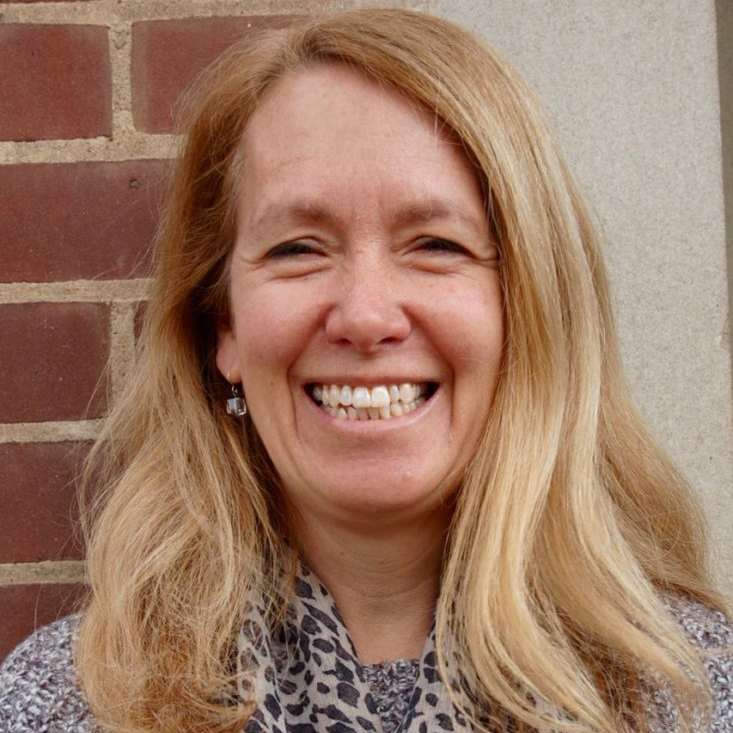
JICS Grade 5 Teacher
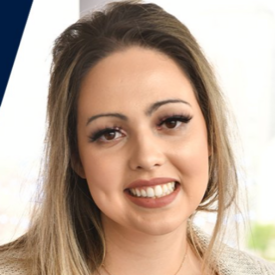
IKIT PhD candidate
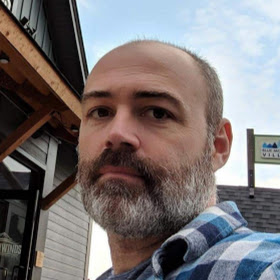
IKIT PhD student
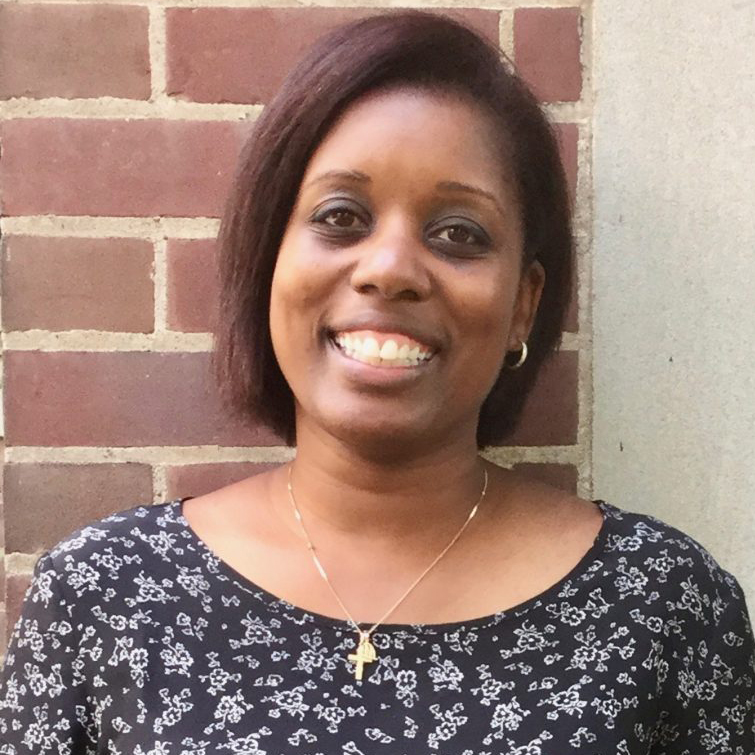
JICS JK Teacher
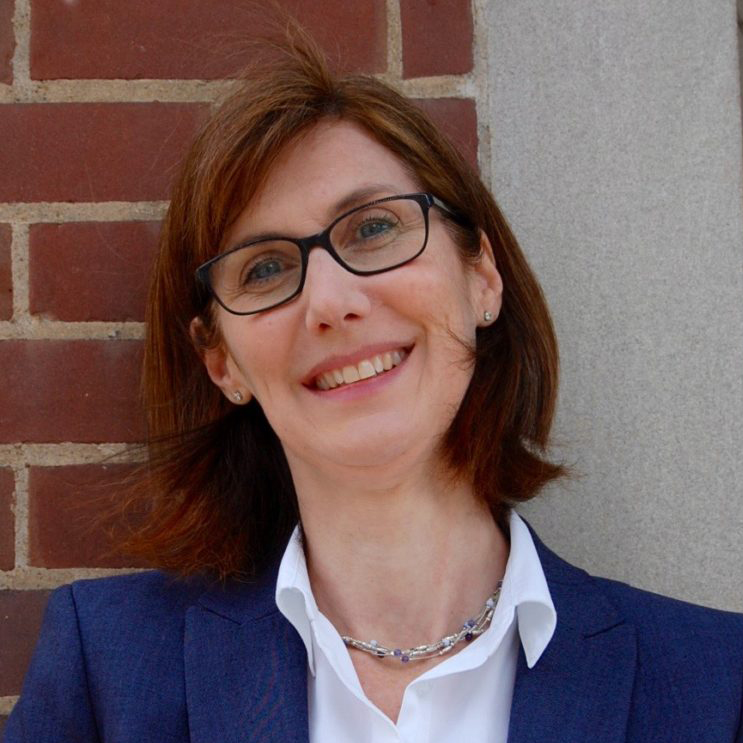
JICS Vice-Principal
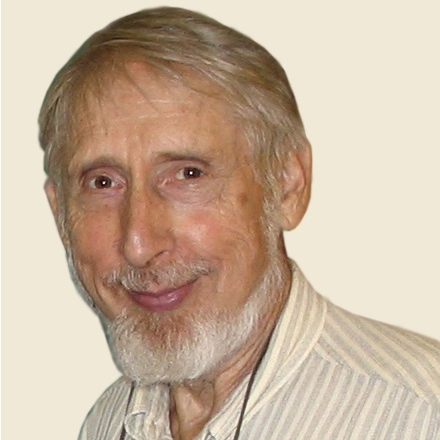
IKIT Co-Founder
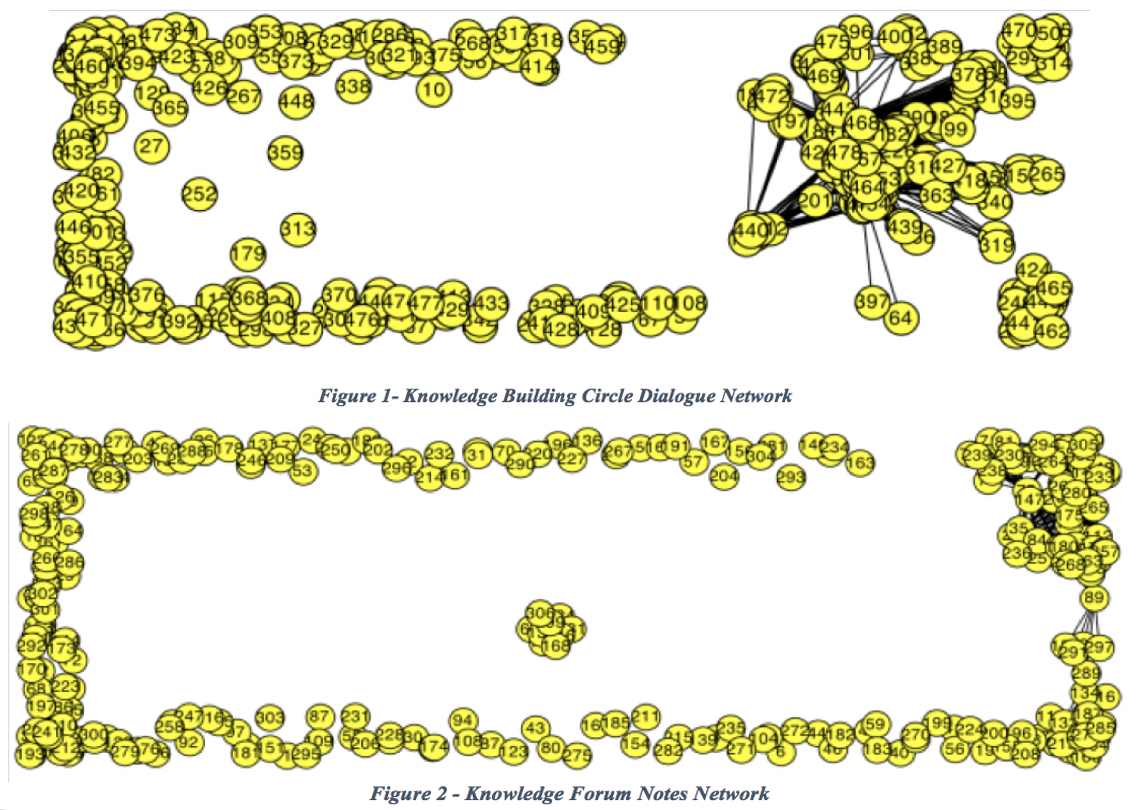
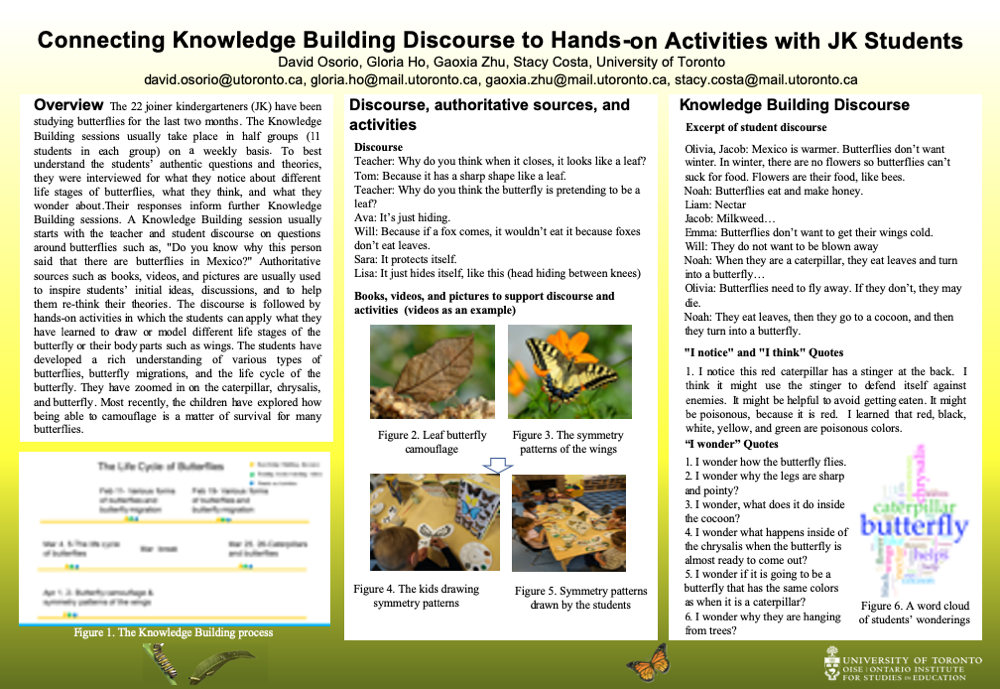
The 22 joiner kindergarteners (JK) have been studying butterflies for the last two months. The Knowledge Building sessions usually take place in half groups (11 students in each group) on a weekly basis. To best understand the students’ authentic questions and theories, they were interviewed for what they notice about different life stages of butterflies, what they think, and what they wonder about.Their responses inform further Knowledge Building sessions. A Knowledge Building session usually starts with the teacher and student discourse on questions around butterflies such as, “Do you know why this person said that there are butterflies in Mexico?” Authoritative sources such as books, videos, and pictures are usually used to inspire students’ initial ideas, discussions, and to help them re-think their theories. The discourse is followed by hands-on activities in which the students can apply what they have learned to draw or model different life stages of the butterfly or their body parts such as wings. The students have developed a rich understanding of various types of butterflies, butterfly migrations, and the life cycle of the butterfly. They have zoomed in on the caterpillar, chrysalis, and butterfly. Most recently, the children have explored how being able to camouflage is a matter of survival for many butterflies.
David Osorio, Gloria Ho, Gaoxia Zhu, Stacy Costa
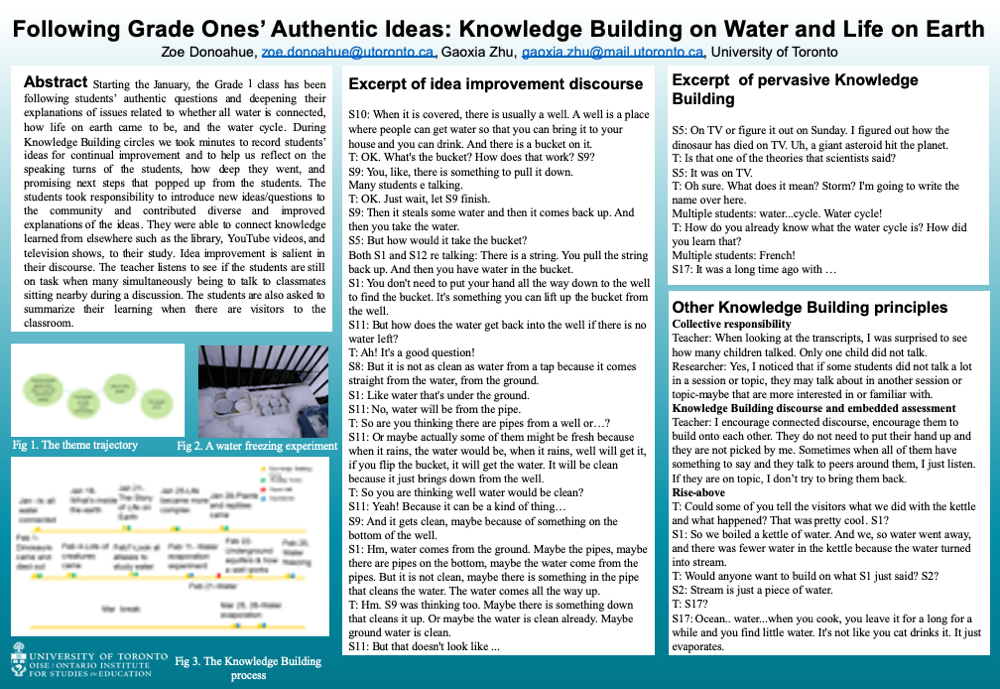
Starting the January, the Grade 1 class has been following students’ authentic questions and deepening their explanations of issues related to whether all water is connected, how life on earth came to be, and the water cycle. During Knowledge Building circles we took minutes to record students’ ideas for continual improvement and to help us reflect on the speaking turns of the students, how deep they went, and promising next steps that popped up from the students. The students took responsibility to introduce new ideas/questions to the community and contributed diverse and improved explanations of the ideas. They were able to connect knowledge learned from elsewhere such as the library, YouTube videos, and television shows, to their study. Idea improvement is salient in their discourse. The teacher listens to see if the students are still on task when many simultaneously being to talk to classmates sitting nearby during a discussion. The students are also asked to summarize their learning when there are visitors to the classroom.
Zoe Donoahue, Gaoxia Zhu